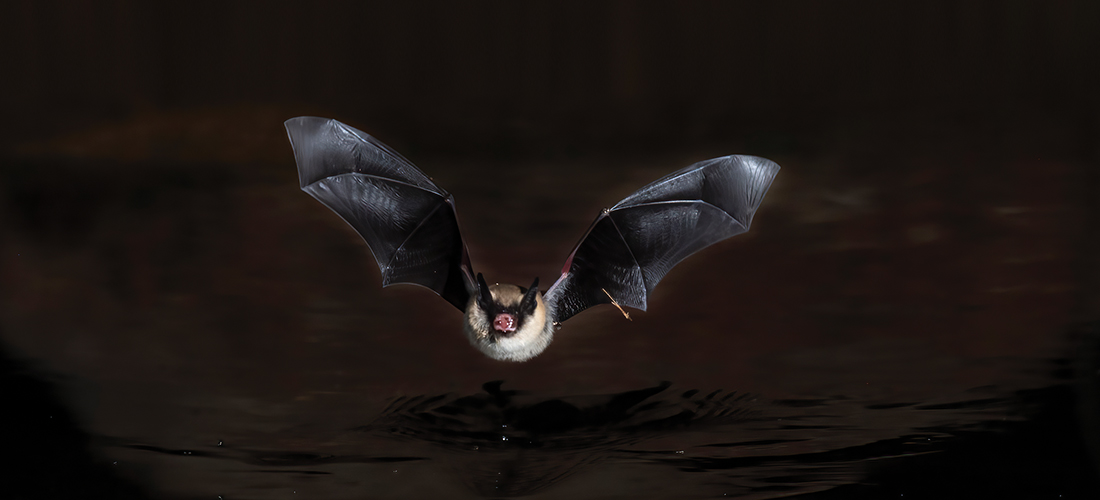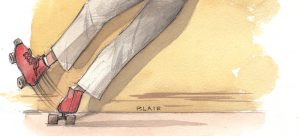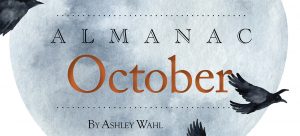
Going Batty
Flying friends of the night
By Susan Campbell
Fall is not only migration time for a large percentage of the bird species found across our state, it’s also when another group of fancy fliers are winging their way southward: bats!
Although we are rarely aware of it, each evening individuals or small groups of these little creatures leave their daytime roosts and, after a short period foraging, move out, headed to warmer — and hence buggier — surroundings for the cooler months. For individuals of certain hardier species, such as red, big brown, hoary and evening bats, central North Carolina may be their winter home.
Bats represent one-quarter of all mammal species worldwide. Like us, they give birth to live young. Bats are relatively long-lived mammals and can survive 20 to 30 years in the wild. Of the 17 bat species that occur in North Carolina, three are listed as federally endangered, and one is listed as federally threatened. Bats are primarily nocturnal, though they also forage in the early evening and early morning hours. Although most bats have relatively good eyesight, they primarily use echolocation to navigate and locate prey. Their maneuverability is phenomenal — bats can avoid objects as small as a string in total darkness.
Bats mate in the spring or fall and usually produce one pup per year. Many species form maternity colonies in the summer to raise their young, while others are solitary roosters. Some bat species migrate south for the winter, and others find local hibernation areas, called hibernacula. Bats prefer caves or mines for hibernacula, though they have also been known to use buildings and bridges, and they usually return to the same site every year. By educating the public, monitoring populations and protecting bat habitat, the North Carolina Wildlife Resources Commission (NCWRC) is working to sustain bat populations in our state.
Bats are integral to ecosystems worldwide. Tropical bats disperse large amounts of seed and pollen, enabling plant reproduction and forest regrowth, and are especially important in the pollination of cocoa, mango and the agave plant, which is used to produce tequila. North American bats have a major impact on controlling insect populations that are considered agricultural pests. They save the corn industry over $1 billion annually in pest control. A nursing female bat may consume almost her entire body weight in insects in one night. Recently a protein found in vampire bat saliva has been used to develop clot-busting medication to aid stroke victims.
Many bat populations in the United States have declined in recent years. Pesticides, persecution, and human disturbance of hibernacula and maternity colonies may have contributed to this decline. Furthermore, an emergent fungal disease called white-nose syndrome (WNS) has killed more than 5.7 million bats since its discovery in New York in 2006. This disease spread to North Carolina in 2011 and continues to spread to new states each winter. It is now found in 30 states.
To determine bat distribution and hibernation sites in North Carolina, track the spread of WNS and estimate population trends for certain species, our state biologists conduct intensive monitoring across the state. Through a variety of methods (including mist netting, trapping, banding, acoustic recording, roost monitoring and radio telemetry), NCWRC biologists, in cooperation with several partners, have surveyed and banded thousands of bats in North Carolina. All of this work helps to inform management and, in turn, conservation priorities.
There are several things you can do for bats on your property. An ever more popular endeavor is installing a bat box or two. Also plant native plants that attract insects that bats (as well as the birds) eat. It is very important to limit the use of insecticides and herbicides whenever possible.
Also avoid disturbing bat hibernation areas and maternity colonies. And you might want to consider joining a conservation organization to remain updated on bat conservation efforts such as Bat Conservation International (www.batcon.org).
Last, but not least, educate others regarding the importance of bats and why they are so beneficial. OH
Susan Campbell would love to hear from you. Feel free to send questions or wildlife observations to susan@ncaves.com.





